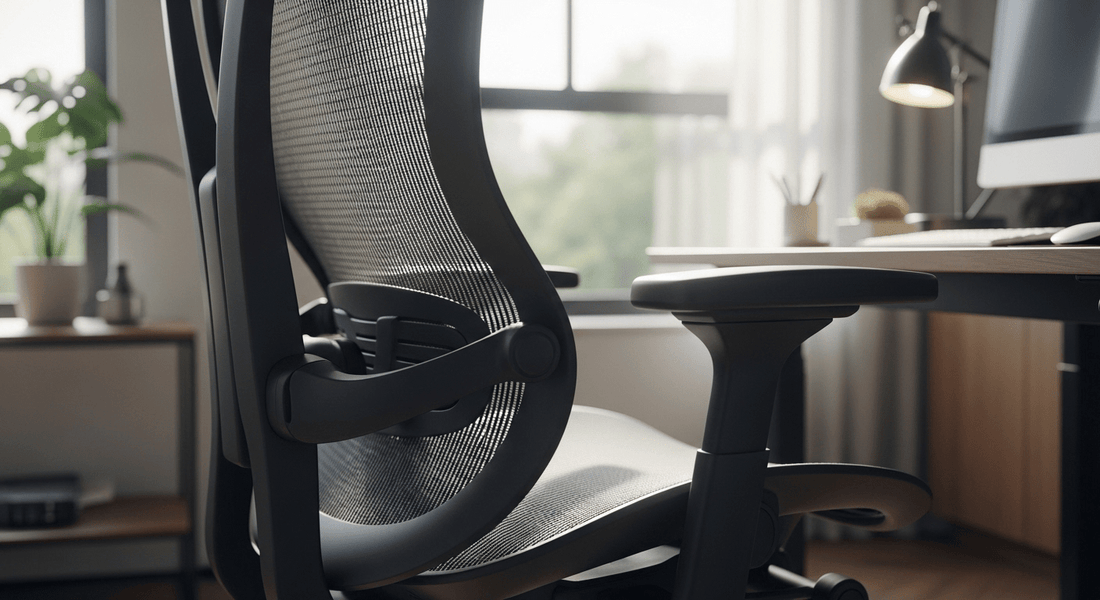
Why Your Lower Back Hurts (And How an Ergonomic Chair Can Fix It)
Share
You've finished a long workday, stood up from your desk, and felt it—that familiar, dull ache in your lower back. For many professionals in the UK and US, this discomfort has become an unfortunate part of the daily routine. It's often dismissed as a normal consequence of sitting for eight hours, but it's a clear signal that your workspace is not designed to support your body's natural structure. The good news? You don't have to accept it.
As an ergonomics expert, I can tell you that most lower back pain stems from one fundamental issue: poor posture and inadequate support. Your standard-issue office chair, while functional, often fails to support the natural curve of your spine. The solution isn't to sit less; it's to sit smarter. Let's explore the science behind your pain and how a truly ergonomic chair can transform your workday from one of discomfort to one of focused productivity.
The Problem: Your Spine Under Compression
Your spine is not a straight column; it has a natural, S-shaped curve that acts as a shock absorber. When you slouch in a regular chair, this curve flattens, and the discs in your lower back—the cushions between your vertebrae—are compressed. This consistent pressure, day after day, is the primary cause of chronic lower back pain and fatigue. A simple office chair does not provide the proper support to maintain this natural lumbar curve, forcing your muscles to strain to keep you upright.
What is Lumbar Support and Why It’s Non-Negotiable
Lumbar support is the most critical feature of an ergonomic chair. It refers to a built-in or adjustable curve in the backrest that fills the gap between your lower back and the chair. This support helps to maintain your spine's natural inward curve, offloading the work from your muscles and distributing pressure evenly. When you sit in a chair that offers proper lumbar support, your spine is in a neutral position, allowing for blood flow and reducing the risk of disc compression. Our
The Importance of Adjustability (Height, Arms, Tilt)
A quality ergonomic chair is not a one-size-fits-all solution; it's a tool that adapts to you. A truly ergonomic chair should be fully adjustable.
- Seat Height: Your feet should be flat on the floor or a footrest, with your knees at a 90-degree angle. This prevents pressure on your thighs and allows for proper circulation.
- Armrests: Adjustable armrests take the strain off your neck and shoulders. Your elbows should be at a 90-degree angle, allowing your shoulders to relax.
- Tilt & Tension: The ability to recline and lock the chair in different positions helps reduce static load on your spine and allows you to shift positions throughout the day.
A Stop-Gap Solution: Lumbar Cushions
While an investment in a high-end chair is the ultimate solution for long-term health, a quality lumbar cushion can provide immediate relief. A Seating Cushions & Lumbar Support, can be added to your existing chair to offer a temporary measure of support while you consider an upgrade.
Don't let lower back pain dictate your professional life. By understanding the root cause and investing in a chair that supports your body, you can create a pain-free foundation for a more productive and comfortable workday.
→ Explore our collection of Ergonomic Chairs & Seating.

